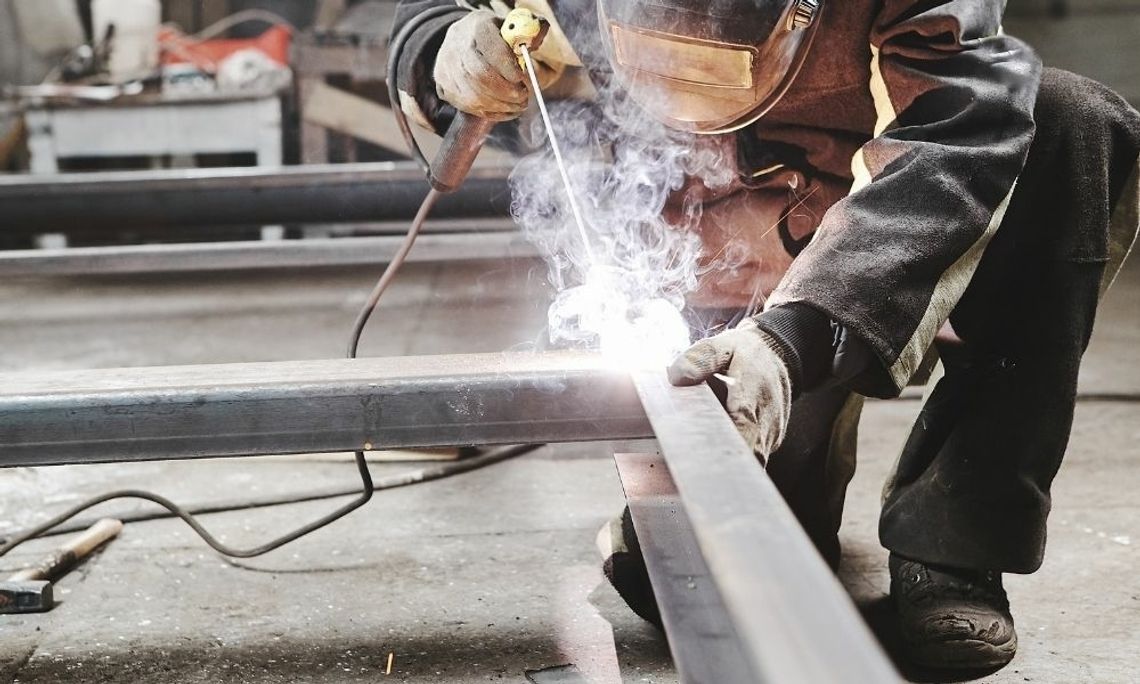There are a lot of dangerous elements involved with welding. Even experienced welders can be injured if they aren’t paying attention or following safety guidelines. Fortunately, the guidelines to keep you safe are easy to follow and will prevent unnecessary injury. So, if you’re a beginner looking to break into the world of welding or brush up on the rules, this is a beginner’s guide to welding safety practices.
Tool and Equipment Safety
Before you begin working with any equipment—no matter how many times you’ve used it—you should always check to see if it is in proper condition, including the cord quality and connection. Never pull on equipment cords, drape them over you, or attach them to anything other than their intended outlet, especially if one of the prongs is missing.
Double-check that you’re using the right gas for the job and that you understand the proper procedures for attaching equipment to gas cylinders and lighting gas torches.
Personal Protective Equipment
Welding can come with many hazards due to the nature of the job and the equipment you work with. While most people know of eye safety equipment, such as the classic welding hood, there’s much more to welding PPE.
It is essential to wear goggles under your welding hood to ensure your eyes aren’t damaged from UV exposure. In addition, welding equipment such as a plasma cutter can reach up to 100 decibels. For reference, one experiences hearing loss when exposed to 80 decibels, meaning that properly fitted ear protection is critical.
Protective clothing like welding jackets and gloves are non-negotiables. Leather and cotton materials treated with flame-retardants protect your skin and body from heat, sparks, and radiation. Never wear materials like polyester and nylon, as these synthetic materials melt to the skin when hot.
Lastly, respirators should be worn at all times while working on a project to prevent the inhalation of fumes, smoke, and other gases.
Workplace Safety
Even if you’re wearing a respirator, the room should always be properly ventilated if you aren’t working in an open area. This is especially important if you’re working with welding chemicals or chemical containers. Never keep these chemicals or other flammables less than 35 feet from the welding area.
Now that you’re equipped with this beginner’s guide to welding safety practices, you can keep yourself safe while doing what you love. Just remember to always be aware of your surroundings and check your equipment.


Comment
Comments